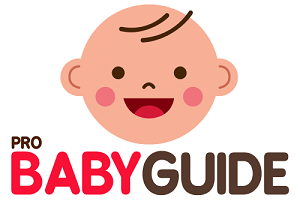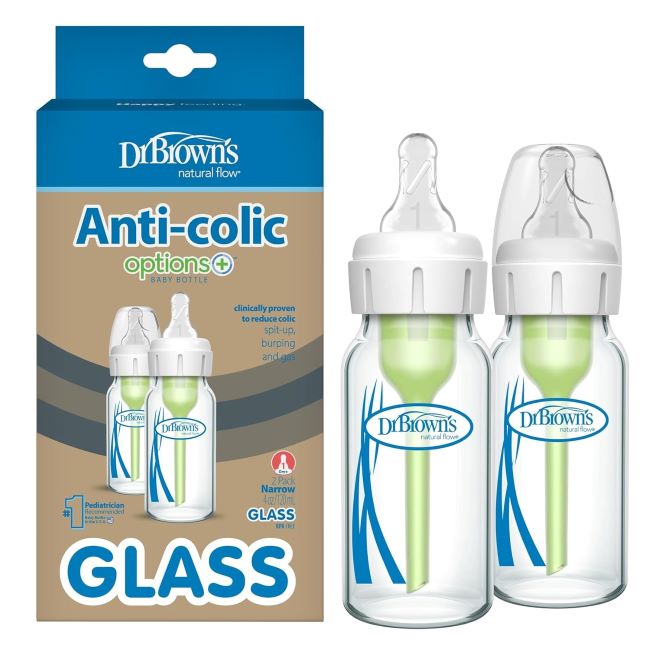Diaper rash is a frustrating yet common issue for parents. While diaper rash is typically attributed to moisture, friction, or infrequent diaper changes, food allergies may play a hidden role in triggering or exacerbating this condition. Let’s explore the intricate connection between food allergies and diaper rash, backed by research, expert opinions, and actionable solutions to give parents peace of mind.
Diaper Rash and Its Common Causes
Diaper rash, medically known as diaper dermatitis, refers to inflammation and redness in the diaper area. It can range from mild irritation to severe skin damage, causing discomfort and distress for both baby and parent.

The most common causes of diaper rash include:
- Prolonged Moisture Exposure: When diapers are not changed frequently, moisture from urine and stool creates an environment where bacteria and yeast thrive, leading to irritation.
- Friction: Tight diapers or rough fabrics can rub against the baby’s sensitive skin, breaking down the natural barrier.
- Chemical Sensitivities: Certain diaper brands, wipes, or soaps may contain irritants that trigger skin reactions.
- Yeast or Bacterial Infections: Overgrowth of Candida yeast or bacteria can worsen existing rashes, often requiring medical treatment.
While these factors are well-documented, research increasingly suggests that internal factors, like food allergies, can make diaper rash more severe or recurrent.
How Food Allergies Impact the Skin
Food allergies are immune responses triggered when the body mistakenly identifies certain food proteins as harmful. These responses can manifest in various ways, including gastrointestinal distress, respiratory issues, and skin reactions. In the context of diaper rash, food allergies can contribute to:
- Increased Skin Sensitivity: Allergic reactions release histamines, which inflame and weaken the skin’s protective barrier, making it more vulnerable to irritants.
- Acidic Stools: Babies with food allergies often experience diarrhea or acidic bowel movements, which can exacerbate diaper rash by breaking down skin tissue.
- Systemic Inflammation: Allergens in the bloodstream can cause widespread inflammation, including in the diaper area, resulting in heightened discomfort.
Research published in the Journal of Allergy and Clinical Immunology highlights that skin reactions are a primary symptom of food allergies in infants, underscoring the connection between dietary triggers and diaper rash.
Recognizing a Food Allergy-Triggered Diaper Rash
Identifying whether a diaper rash is caused by food allergies can be challenging, as it often mimics other forms of rash. However, some telltale signs can help differentiate:
Persistent or Recurring Rashes
If your baby’s diaper rash does not improve despite using standard treatments like barrier creams and frequent diaper changes, it might indicate an underlying food allergy.
Timing of Flare-Ups
Notice when the rash occurs. A rash appearing within a few hours of eating a specific food could signal an allergic reaction. For example, dairy or soy-based formulas often cause rashes in sensitive infants.
Additional Symptoms
A diaper rash caused by food allergies often accompanies other signs, such as hives, vomiting, diarrhea, or respiratory symptoms. Keep an eye out for these clues.
Breastfed Baby Rashes
If you are breastfeeding, your baby may react to allergens in your diet, such as peanuts, tree nuts, or eggs. These allergens can pass through breast milk, triggering a rash.
Foods Commonly Linked to Diaper Rash
Certain foods are more likely to contribute to diaper rash, particularly if your baby is allergic or intolerant.
Dairy Products
Cow’s milk protein allergy is one of the most common food allergies in infants. It can cause gastrointestinal issues like diarrhea, leading to acidic stools that irritate the diaper area.
Citrus Fruits
Citrus fruits like oranges, lemons, and tomatoes contain high levels of acid. This can result in acidic urine and stool, intensifying diaper rash.
Soy
Soy is a common ingredient in infant formulas, and some babies develop allergies to it. Like dairy, soy allergies can lead to digestive disturbances and subsequent skin irritation.
Eggs
Egg allergies are prevalent in young children and often cause skin-related symptoms. Introducing eggs too early in a baby’s diet can sometimes lead to rashes, including in the diaper area.
Gluten
Babies with gluten sensitivity or celiac disease may experience skin reactions, as gluten-induced inflammation can weaken the skin’s natural defenses.
The Science Behind Food Allergies and Diaper Rash
The link between food allergies and diaper rash lies in the body’s immune and digestive responses. When an allergic baby consumes a trigger food:
- Inflammatory Chemicals Are Released: Substances like histamines inflame the skin and digestive system.
- Digestion is Affected: Food allergies can lead to diarrhea or loose stools, which are more acidic and irritating.
- Skin Becomes More Permeable: Weakened skin barriers in allergic babies make them more susceptible to external irritants like diapers and wipes.
A report by the American Academy of Pediatrics emphasizes that about 40% of infants with food allergies experience skin-related symptoms, often in areas of high sensitivity like the diaper region.
How to Identify the Culprit Food
Pinpointing the exact food causing a diaper rash can feel overwhelming. Here are some strategies:
Keep a Food Diary
Document your baby’s meals, snacks, and any new foods introduced. Record diaper rash flare-ups and other symptoms alongside the dietary entries.
Try an Elimination Diet
Remove one suspected allergenic food from your baby’s diet at a time. Wait at least two weeks to monitor results before introducing it again.
Consult an Allergist
Allergy testing, such as skin prick tests or blood tests, can provide concrete answers and help guide dietary adjustments.
Preventing and Treating Food Allergy-Induced Diaper Rash
Prevention Tips
- Slow Food Introduction: Pediatric guidelines recommend introducing one new food every three to five days. This allows you to observe any allergic reactions.
- Protect the Skin: Apply a thick barrier cream containing zinc oxide during each diaper change to prevent stool and urine from contacting the skin.
- Choose Hypoallergenic Products: Use unscented diapers and wipes free of harsh chemicals to minimize additional irritation.
Treatment Options
- Topical Medications: Low-dose hydrocortisone creams may be recommended by a doctor for inflamed or severe rashes.
- Antihistamines: For babies with widespread allergic symptoms, antihistamines can help reduce inflammation and soothe the skin.
- Probiotics: Adding probiotics to your baby’s diet (or to a nursing mother’s diet) may help balance gut bacteria, reducing allergic reactions over time.
When to Consult a Doctor
It’s important to seek medical advice if:
- The rash persists despite over-the-counter treatments.
- You observe additional allergic symptoms such as wheezing, vomiting, or hives.
- The rash becomes open or infected, as this may require prescription antibiotics or antifungal treatments.
A pediatrician or allergist can help confirm food allergies and recommend a tailored treatment plan.
Can Food Allergy Cause Diaper Rash?
Absolutely. Food allergies are a significant but often overlooked cause of diaper rash. By identifying and addressing potential allergens, parents can reduce the frequency and severity of rashes, ensuring their baby’s comfort and health.
FAQs
What foods are most likely to cause diaper rash?
Foods like dairy, soy, eggs, gluten, and citrus fruits are common triggers due to their potential to cause allergic or acidic reactions.
Can breastfeeding contribute to food allergy-related diaper rash?
Yes, allergens consumed by a breastfeeding mother can pass through breast milk, causing reactions in sensitive babies.
How can I confirm if food allergies are causing my baby’s diaper rash?
Keep a detailed food diary, try elimination diets, and consult an allergist for professional testing to identify triggers.
Are probiotics effective in preventing diaper rash?
Yes, probiotics support a healthy gut microbiome, which may help reduce the risk of food allergy-induced rashes.
What over-the-counter treatments work best for diaper rash?
Barrier creams with zinc oxide, gentle cleansers, and frequent diaper changes are the most effective methods to protect and heal the skin.
Should I avoid all common allergens when starting solids?
Not necessarily. Introduce one food at a time to identify potential reactions, but avoiding all allergens prematurely may limit essential nutrients.
Conclusion
Food allergies can indeed cause or exacerbate diaper rash. By understanding the connection and implementing preventative measures, parents can protect their baby’s sensitive skin and minimize discomfort. Partnering with a pediatrician to identify triggers ensures a happy and healthy journey through your baby’s developmental milestones.



